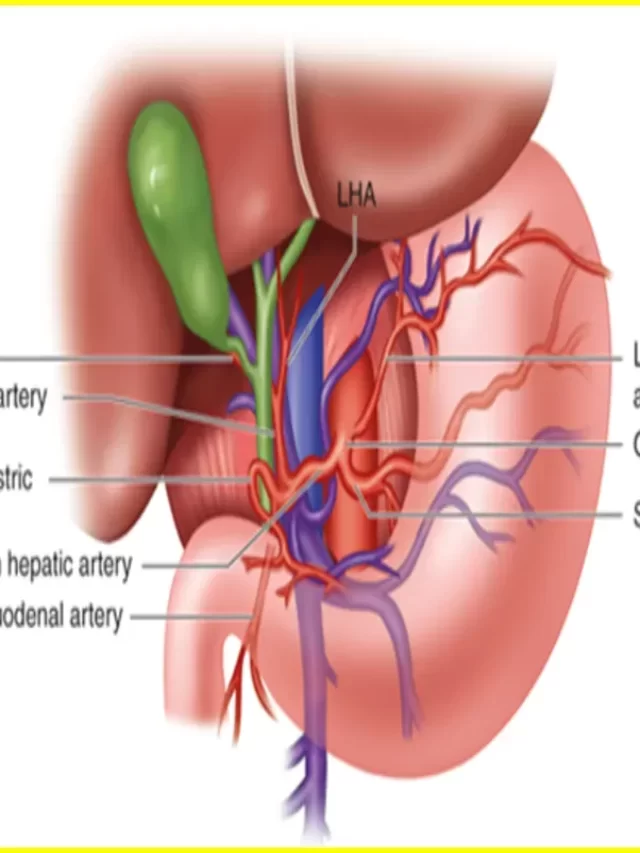How to Read an normal knee mri vs abnormal
An MRI (magnetic resonance imaging) scan gives precise images of the components inside your knee and is a painless procedure. It is frequently used to identify diseases such cartilage degeneration, ligament and tendon tears, and meniscus tears.
Normal Knee MRI:
- Bone Structure: In a normal knee MRI, bones should appear intact and well-defined. The femur, tibia, and patella should exhibit normal alignment.
- Cartilage: Healthy cartilage appears smooth and uniform. There should be a clear distinction between the cartilage and adjacent structures.
- Menisci: The menisci are C-shaped cartilage structures that act as cushions in the knee joint. In a normal MRI, the menisci should appear well-defined and without signs of tears or degeneration.
- Ligaments: Ligaments, such as the anterior cruciate ligament (ACL) and posterior cruciate ligament (PCL), should be clearly visible and without signs of injury or laxity.
- Synovium: The synovium, a thin lining inside the joint, should be of a normal thickness and without signs of inflammation.
Abnormal Knee MRI:
- Bone Abnormalities: Fractures, bone tumors, or abnormal bone density may be detected in an abnormal MRI.
- Cartilage Damage: Irregularities, thinning, or complete loss of cartilage may indicate conditions like osteoarthritis.
- Meniscal Tears: Tears in the menisci may appear as disruptions or abnormal signals in the C-shaped structures.
- Ligament Injuries: Tears or disruptions in ligaments, especially the ACL or PCL, may be visible in an abnormal MRI.
- Joint Effusion: Increased fluid within the joint space may suggest inflammation or injury.
- Cysts or Tumors: Abnormal growths, cysts, or tumors may be visible in the soft tissues or bones.
The femur, tibia, and patella—the three bones that make up your knee joint—should be seen on a conventional MRI of your knee. Menisci (the two C-shaped pieces of cartilage between your femur and tibia), articular cartilage (the smooth, white tissue that covers the ends of your bones where they meet at a joint), and patellar tendon are the tendons and ligaments that hold your bones together and give stability to your joint. We shall compare normal and abnormal knee mri in this article.
Normal Knee MRI Vs Abnormal
The bones, ligaments, and tendons in and around the knee joint, as well as the encircling muscles and soft tissues, should all be seen on a conventional knee MRI. Any irregularities, such as breaks, tears, or other damage, should not be present in the photograph.
Abnormal Knee MRI
It takes specific medical knowledge to interpret an aberrant knee MRI, and only a licensed healthcare provider—such as an orthopedic specialist or radiologist—should make the final diagnosis. I can provide you some broad information, though, on what could be found in an aberrant knee MRI:
- Meniscal Tears: Menisci are C-shaped cartilage structures that act as shock absorbers in the knee joint. Tears in the menisci can be seen as disruptions or abnormalities in the normal appearance of these structures.
- Ligament Injuries: The MRI may reveal injuries to ligaments, such as the anterior cruciate ligament (ACL), posterior cruciate ligament (PCL), medial collateral ligament (MCL), or lateral collateral ligament (LCL).
- Cartilage Damage: Osteoarthritis or other degenerative conditions can lead to the thinning or loss of cartilage, resulting in irregularities or abnormal signals in the MRI.
- Bone Abnormalities: Fractures, tumors, or abnormalities in bone density may be detected in the MRI.
- Synovitis: Inflammation of the synovium, the lining inside the joint, may be visible as increased thickness or enhancement on the MRI.
- Joint Effusion: An abnormal accumulation of fluid within the joint space can indicate inflammation or injury.
- Cysts or Tumors: Abnormal growths or cysts may be observed in the soft tissues or bones of the knee.
- Bursitis: Inflammation of bursae, which are fluid-filled sacs that cushion joints, can be seen on the MRI.
It’s crucial to remember that an MRI should only be interpreted by a medical expert who will consider the patient’s symptoms, medical history, and other diagnostic data. The medical professional will suggest a suitable course of treatment if an irregularity has been detected. This may involve physical therapy, medication, or, in certain situations, surgery.
- Bone marrow edema: This is a sign of inflammation or injury to the bone.
- Cartilage damage: This can be caused by wear and tear, injury, or disease.
- Cysts: These are fluid-filled sacs that can form in the joints.
- Fractures: A break in one or more of the bones around the knee joint.
- Joint space narrowing: This is a sign of osteoarthritis.
- Meniscus tears: The meniscus is a C-shaped piece of cartilage that cushions the knee joint. A tear can occur due to injury or degeneration.
- Tendon damage: This can be caused by overuse, injury, or disease.
Normal knee MRI
The normal MRI of the knee should show a clear image of the bones and soft tissues. There should be no sign of any abnormalities or damage.
An abnormal knee MRI may show one or more of the following:
- Bone marrow edema: This is a sign of inflammation or injury to the bone.
- Cartilage damage: This can be caused by wear and tear, injury, or disease.
- Cysts: These are fluid-filled sacs that can form in the joints.
- Fractures: A break in one or more of the bones around the knee joint.
- Joint space narrowing: This is a sign of osteoarthritis
- Meniscus tears: The meniscus is a C-shaped piece of cartilage that cushions the knee joint. A tear can occur due to injury or degeneration.
- Tendon damage: This can be caused by overuse, injury, or disease.
Article About:- Health & fitness
Article About:- Medical Technology
Article About:- Sports

Knee MRI Images
I can attest to the fact that it is not always simple to interpret the pictures from repeated MRIs for different injuries. An MRI of the knee is a particular kind of scan used to evaluate the health of the knee joint and the structures close by. There are a few ways to understand images, even if they can be perplexing at times.
It’s crucial to understand that there are various MRI knee scan kinds, including: 1) Arthritic MRI of the knee, utilized to detect arthritis symptoms; MRI of a ligamentous knee is used to evaluate ligament damage, while MRI of a meniscus knee is used to examine cartilage injury.
Different items will appear on the image depending on the MRI type. A knee with arthritis will exhibit degenerative changes, such as cartilage loss or bony spurs, on an MRI. An MRI of a ligamentous knee will reveal any ligament tears or damage. Additionally, an MRI of the meniscus knee will reveal cartilage degradation.
It is helpful to start by viewing the complete MRI image before zooming in on particular regions of interest in order to comprehend the results. Take note of any regions that stand out as being brighter or darker than the rest; these could be signs of inflammation or damage. Additionally, keep an eye out for any white spots, which could be a symptom of injury-related bone marrow edema.
How Long Does a Knee MRI Take
The average knee MRI takes anywhere from 45 to 60 minutes. However, this time can vary depending on the individual and the specific condition being imaged. For example, if a person has a lot of fluid in their joints, it may take longer for the MRI images to be clear.
Knee MRI Scan
An MRI scan of the knee is a diagnostic tool used to evaluate the structures of the knee joint and surrounding tissues. The images produced by an MRI scan can be used to detect a variety of conditions, including inflammation, tears, and cartilage damage.

FAQ
What is a signal abnormality on a knee MRI?

The findings “suggest that cartilage signal abnormalities represent early abnormal changes in the cartilage, which eventually may develop into morphologic defects,” given the correlation between baseline cartilage MRI signal abnormalities and subsequent degenerative changes in musculoskeletal joints.
What does bright white mean on knee MRI?

Increased water content in the fat pad is the cause of the white region, which indicates inflammation. The patella’s trochlear groove engagement is delayed, which results in inflammation. This is caused by a patella that rides high. When the knee is flexed many degrees, the patella will initially engage with the trochlea area.
Can MRI detect knee damage?

In combination with conventional x-rays, MRI is usually the best choice for examining the body’s major joints like the knee. The examination is typically performed to diagnose or evaluate: knee pain, weakness, swelling or bleeding in the tissues in and around the joint. damaged cartilage, meniscus, ligaments or tendons.
Can MRI detect knee problems?

Finding issues like damage to the ligaments and cartilage surrounding the knee might be aided by an MRI of the knee. Additionally, the MRI can be used to diagnose infections in or near the knee as well as unexplained knee pain.
What color is high signal in MRI?

sequences with a white proton density weight
Different tissues’ predominant signal intensities are as follows: High signal intensity fluid (like joint fluid or CSF): white muscle: grey, moderate signal intensity




